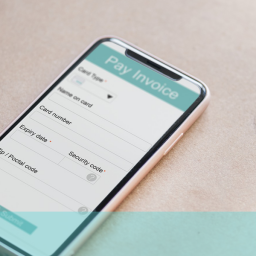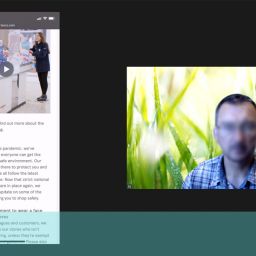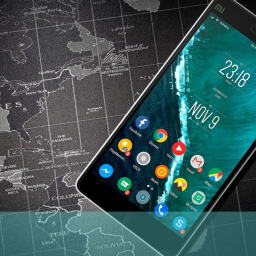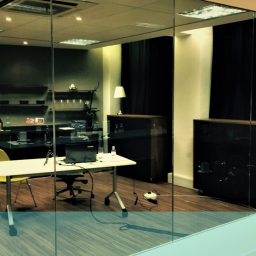
Changes in the ROI of usability with the growth of mobile
There are a lot of articles about the ROI (return on investment) of usability but unfortunately many are losing their relevance in today’s more mobile world. Nielsen Norman Group (NNG) produced perhaps the most comprehensive report which in its 4th edition talks about how to calculate ROI, justifying usability, metrics, international differences and more. But the original report was written in 2002 and even the follow up article, which talked about the ROI of usability being in decline (but still good), was written in 2008 – long before the mobile revolution that is happening today.
Human Factors also publish a free guide but this refers to examples from 1999 and 2000 so lacks relevance. Even the UPA’s (Usability professionals association and now UXPA) advice dates back to 2002 although like NNG (which it refers to) it offers comprehensive guidance. Look further and various other items are not only outdated but also show predicted ROI’s across a wide range which damages their credibility.
Cost justifying mobile usability
In my view the most relevant advice still comes from an even earlier publication from Bias & Mayhew in 1994 called – “cost justifying usability”. In their book they produced an illustration that looks at the number of design alternatives and cost of changes at different phases of the design process. Here is a representation of this diagram:

Although development techniques have changed since this diagram was first created for the vast majority of organisations it still holds true. As the development process progresses the build becomes increasingly locked down, whether that is for political or technical reasons, and so the number of available changes not only diminishes but the cost associated with those changes increases. It is this part of the ROI equation I think most organisations consider when thinking about usability and mobile.
Mobile websites and apps appear to be lower in cost to create than their larger siblings and in some cases, such as with a campaign app, their life is far shorter. This places all of the focus on the costs of production when considering ROI. For example, if an app costs £5,000, spending a further £5000 on usability testing doubles the cost and feels like it will substantially reduce the ROI.
I deliberately say “feels” like because I am not convinced everyone is calculating the ROI of digital projects, rather they are spending promotional or operational budget that has an overall “strategic” justification. For many, financial justification is still a long way off. But when they do start looking at the ROI they will need to consider more than just the inputs.
To properly calculate ROI we need to look at not only the cost of the investment but also the gain from that investment over a defined time period – the life of the digital interface in the case of usability. We can argue the interface will change over time with additions and developments but I would counter that each of these projects should be separately justified. The gain can be calculated by assigning a value to the following attributes:
- Increased sales (if transactional)
- Increased productivity (generally for internal systems as the benefit is accrued to the company providing the interface)
- Decreased costs (typically training and support costs for example from providing self service capabilities)
- Lower maintenance and technology support costs (particularly apparent when calculating accessibility ROI due to the code quality improvements)
These are all tangible benefits that are relatively easy to calculate, but there are also less tangible benefits from usability that are harder to identify such as:
- Value of customer loyalty generated from ease of use
- Referral value from satisfied customers
- Value of positive reviews influencing other sales
- Lower acquisition costs due to higher customer retention
All of these are relevant to mobile and are effected by the customer or user having a different experience when using the smartphone, tablet and desktop interfaces. And usability on mobile devices is often very different because mobile projects are considered in isolation from the overall experience the brand is delivering. We only need to look at the output measures to understand this and so our challenge to organisations is to start justifying the ROI of mobile usability by looking at not only the inputs but also the outputs from a multiplatform perspective.
If you are not sure whether you are getting value from usability testing then the chances are you aren’t doing it right or you are paying too much. For usability services that deliver positive ROI time after time contact UX24/7.


















[…] budget this makes a lot of sense. The cost of change increases as the development runs on (see this blog post on ROI). Usability testing can be used as soon as you have a user journey created, a paper prototype and […]